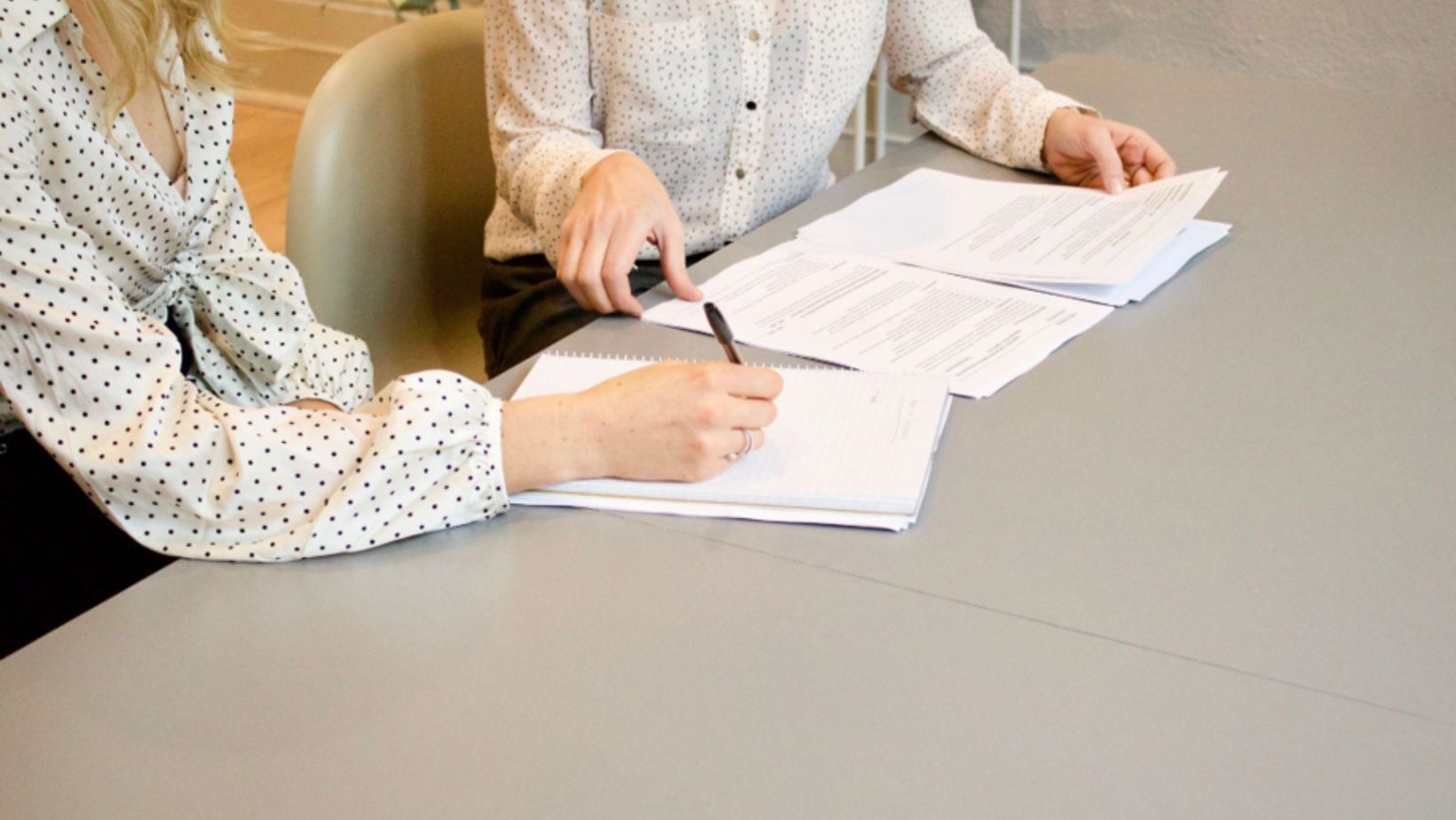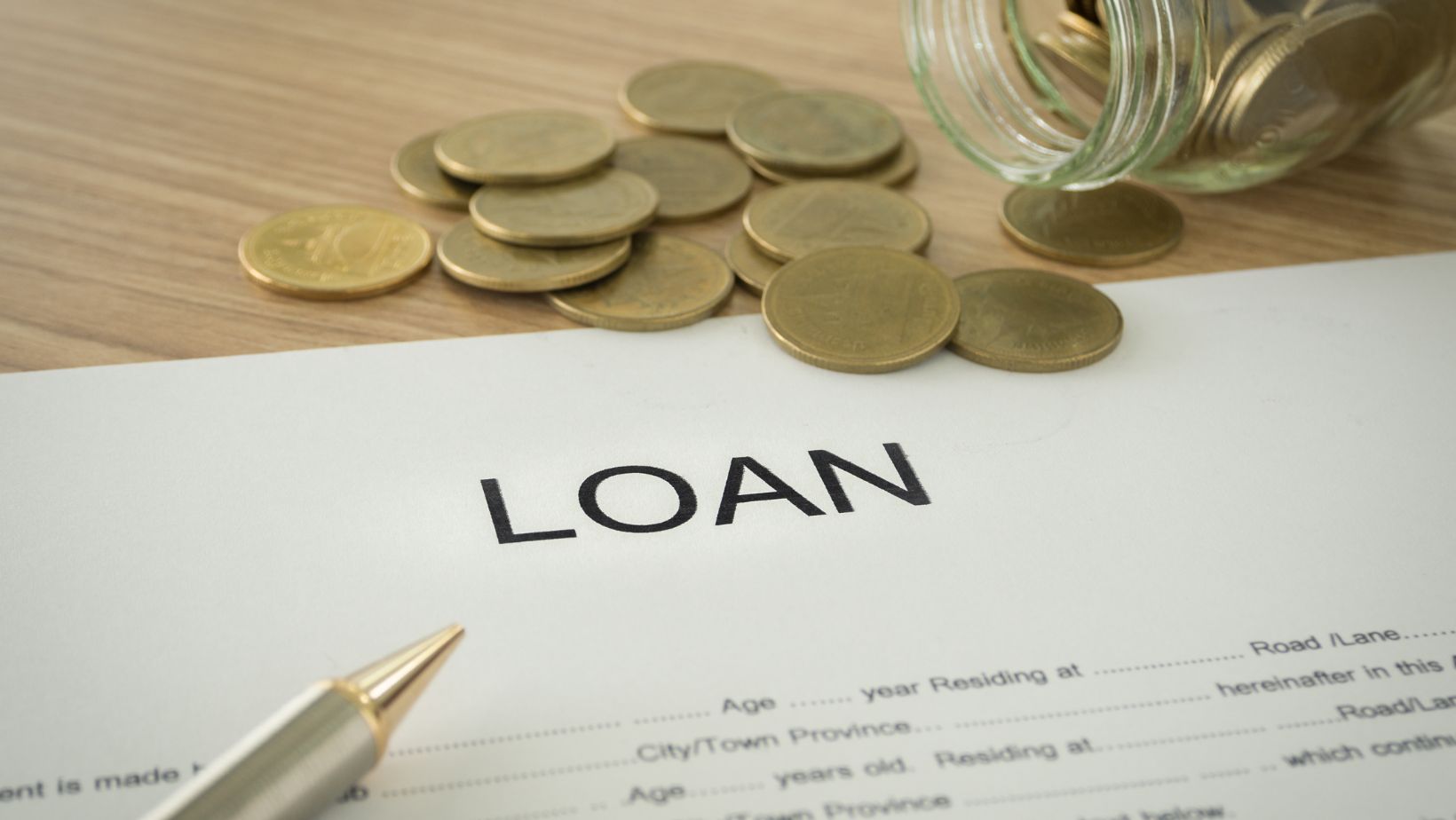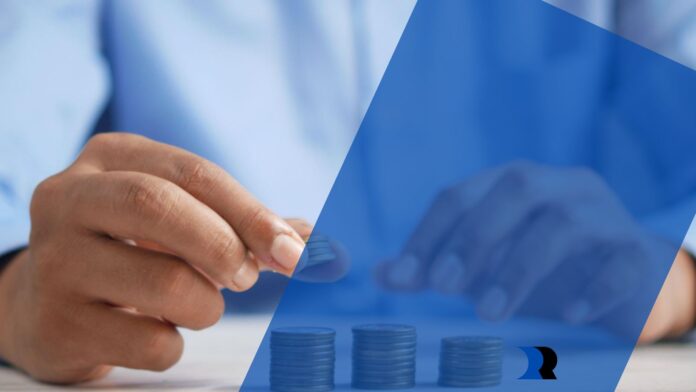The Norwegian Debts Register was created in order to provide banks and other financial institutions with more information on the current debt and financial status of applicants. It was thought that if unsecured debt is allowed to surpass a customer’s income, it may negatively affect personal finances.
Many lawmakers felt that a lot of private persons put themselves through a tough financial situation since it had become easy to accrue excessive credit card debt and consumer debt simultaneously. They held that people could wind up in a negative debt spiral as a result of a lack of openness on personal debt-to-income ratios.
View Offers for Refinancing
With the Norwegian Credit Register in place, financial institutions should find it simpler to conduct thorough credit assessments, which should reduce the likelihood that borrowers may receive loans they are unlikely to repay.
The Norwegian Debt Register: Why Check It?
You should personally verify your information against the Norwegian Financial Register for the following reasons:
● for a view of your entire debt (unsecured)
● to find any mistakes
● to ask that credit that was given unnecessarily be deleted
● to get a summary prior to submitting a mortgage application
If you have any unsecured debt that has been applied to your personal profile, it will be reported so that you don’t end up overextended and unable to repay the loans that you have in your name. It is in place to protect you and your credit. Thus, the sjekke gjeldsregister affects applications involving secured debt even if it just gathers data regarding unsecured debt.
Cut up Any Extra Cards
It’s critical to be mindful of unused credit cards and granted cash that you haven’t used, particularly in this situation. All unutilized credit will be visible through the Norwegian Debt Register. Unfortunately, in certain situations, this positive credit could influence your application for a mortgage’s approval.
It is advisable to verify your personal details in the Norwegian Debts Register before applying for a mortgage. Whenever you register, you might want to ask the mortgage provider to remove any credit that is advertised as given and that you’re certain you won’t use.

If you plan to submit an application for a mortgage, you should terminate credit agreements and stop using and start cutting credit cards. You can obtain an overview of your borrowing capacity with the use of the data provided by the Norwegian Debt Register. This is true whether you are looking for a mortgage or another type of unsecured debt, such as a consumer loan.
Prior to thinking about how much you’re able to borrow, you should be aware of the entire amount of debt you have. Finding out is simple using the registration.
It is advised to avoid taking out a greater number of loans than one can afford to repay while still having enough money for living expenses, even if your rate of interest goes up by 5%. Additionally, it is forbidden to take out significant loans against one’s own revenue x 5.
For private persons, the debt record can be a useful tool for determining how much they are able to borrow at any particular time.
The Debt Register Offers Assistance to Private Citizens
The Norwegian Debts Register was established in order to shield ordinary citizens from financial impasses. You can be in for an unpleasant surprise if you don’t factor in credit card debt or consumer debt when determining your ability to service your mortgage.
A more thorough credit evaluation is made possible via the Norwegian Debt Register. This ensures the safety of every client. There is less chance of someone getting into debt when there is a lower likelihood that they will be given an expense that will be challenging to repay.
View Loans for Refinancing
Prior to the register’s creation, borrowers might have been given larger loans than they would have preferred. The primary reason for this was that banks were unable to determine whether the client had previously obtained a number of unsecured borrowings from other lenders.
In recent years, debt growth in Norway has outpaced income growth. The amount of debt owed by Norwegian households is still mostly composed of consumer debt. Nevertheless, because of the comparatively high-interest rate, this debt is seen as burdensome.
Secured Debt Is Likewise Impacted by the Debt Registry
Your ability to get secured debt will be impacted, even if the debt you receive is solely unsecured and listed within the Debt Register. The Norwegian Debts Register solely displays unsecured debt. However, secured debt—like mortgages—may be impacted by it.
Banks must always determine whether you can pay back a mortgage and credit to consumers at an elevated interest rate. The bank’s evaluation of your capacity to repay the loan also influences their level of uncertainty about it, which could influence the interest rate they offer you.
It is expected of them to utilize the Debts Register in a credit evaluation even if they are not required by law to get information from it before making a loan. The Financial Agreements Act states that if a borrower cannot repay a loan, the lender is required to dissuade them from signing out a loan.
If a bank determines that an applicant’s capacity to repay the financing is insufficient, it is required to refuse the mortgage application. As a result, the Debts Register directly influences the capacity to get enough mortgages in addition to influencing whether or not people are permitted to take on additional unsecured debt.

The Norwegian Debts Register does not accept information from private individuals. This is only possible for financial institutions.
Unsecured Debt Is Outlined in the Norwegian Debt Register
Private persons are able to enter. Individuals have access to the data that is registered about them. The access service provided by the Norwegian Debts Register makes this feasible.
Correction of Inaccurate Data
You have the option to request that any information be corrected or removed if you think it is inaccurate. However, you have to be able to record the mistake. The lender that has listed your loan or obligation in the Debts Register should be contacted with any questions regarding these modifications.
This implies that you need to get in touch with the bank from which you obtained your consumer loan or the organization that provided the financing that you utilized. According to the Norwegian Debt Register, all of the debt data it contains is that which has been disclosed by financial undertakings.
Nonetheless, private citizens can locate the financial institution’s contact details in the openness of service, enabling them to get in touch with the business and ask for corrections. Check here on what financial institutions include.
Capabilities
A comprehensive summary of the parties to whom debt information undertakings may disclose debt information is given in Section 12 of the Debt Information Act and its regulations. Information obtained from the Norwegian Debts Register is accessible to private persons and financial organizations as well as credit information firms, Norges Bank, Finanstilsynet, and Statistics Norway.
The use of a power of attorney is not covered by the Act. This indicates that not publicly nor privately obtained information is disclosed through a proxy. It is necessary to respond to requests for information that need to be acquired through authorizations.


